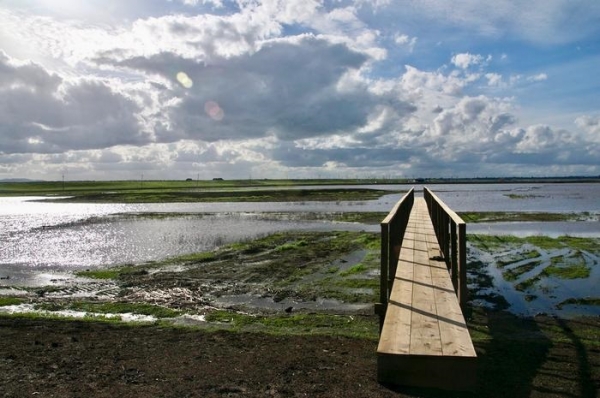As sea levels rise due to global warming, ecosystems are being altered. One small silver lining, scientists believed, was that the tidal wetlands found in estuaries might produce less methane – a potent greenhouse gas – as the increasing influx of seawater makes these habitats less hospitable to methane-producing microbes.
However, research from biologists at Lawrence Berkeley National Laboratory (Berkeley Lab) and UC Berkeley indicates that these assumptions aren’t always true. After examining the microbial, chemical, and geological features of 11 wetland zones, the team found that a wetland region exposed to a slight amount of seawater was emitting surprisingly high levels of methane – far more than any of the freshwater sites.
Their results, now published in mSystems, indicate that the factors governing how much greenhouse gas is stored or emitted in natural landscapes are more complex and difficult to predict than we thought.
Read more at: Berkeley Lab
One of the wetland sites in the San Francisco Bay Area studied by Tringe and her colleagues. (Photo Credit: DOE Joint Genome Institute)


